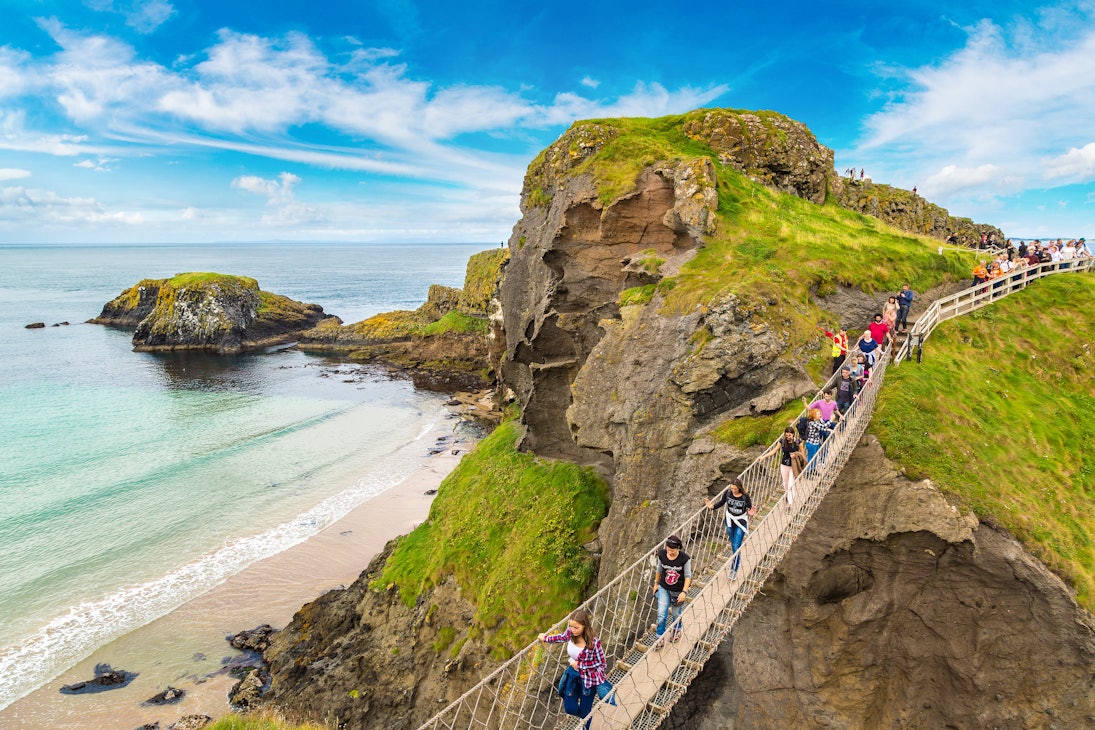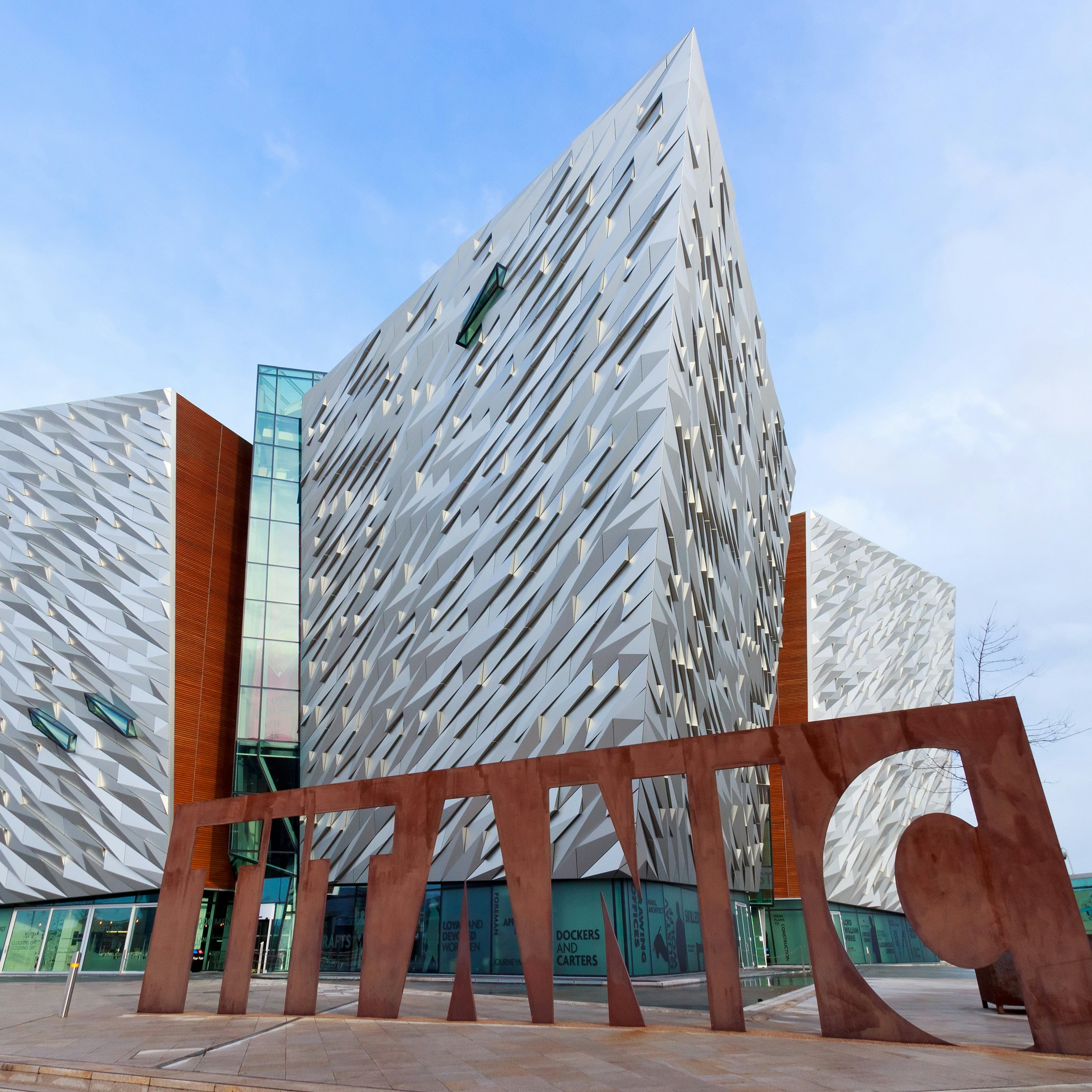

©S-F/Shutterstock
Overview
An exploding food scene, hip cities and the stunning Causeway Coast: there's plenty to pull visitors to the North. When you cross from the Republic into Northern Ireland you'll notice a couple of changes: the road signs are in miles and the prices are in pounds sterling – you're in the UK. At the time of research, there was no border checkpoint and not even a sign to mark the crossing point.
Leave the planning to a local expert
Experience the real Northern Ireland. Let a local expert handle the planning for you.
Must-see attractions
Planning Tools
Expert guidance to help you plan your trip
Best Things to Do
A bold and expressive country, Northern Ireland promises both visceral history and wild landscapes. These are the top things to do there.
Read full article
in partnership with getyourguide

















